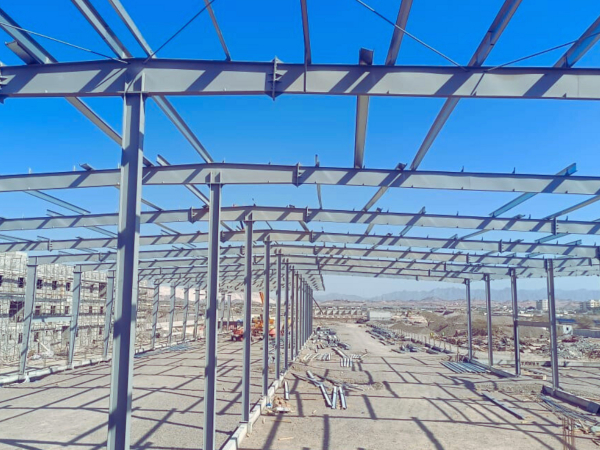Date: 17 July 2009
And back then, predictions like the one from Anish Tolia, head of market development for gas supplier Linde Electronics, who said we’d see 1 GW plants materialize in as little as six months, weren’t uncommon.
Fast-forward a year, and gigawatt-sized factories look a lot farther away, as solar companies are focused instead on trying to sell the panels they’re already producing. That’s because after increasing their production capacity over 2008, solar firms have seen demand plummet in recent months. The drop in demand is partly due to the recession, which is making is difficult to get financing for building solar projects, as well as a cap placed on Spanish solar incentives that could cut what, at nearly 2.5 gigawatts, was the largest solar market in the world, down to 500 megawatts.
The pullback on the gigawatt-factory trend is simply a sign of the economic times, said Christopher Beitel, a managing director and general manager at Applied Materials. But Beitel doesn’t thinks the 1 GW factories will go the way of the dinosaurs, as he believes the economic benefits of scaling are too great to pass up. He said, for example, that at 1 GW, companies could build a glass-production line next to the solar factory — to supply glass for the panels — at a lower cost per watt than it costs to buy the glass, as they do today.
And as Linde’s Tolia previously noted to me, savings can also be realized on the gases needed to make solar cells — as early as the 200-300 MW level, in fact. Though the larger a facility is, the larger the savings, added Dean O’Connor, global head of market development and technology at Linde.
Still, those huge factories won’t be built until the solar industry sees demand pick up again. But O’Connor thinks that might not be such a bad thing, given how long it takes to efficiently ramp up an operation, including setting up supply chains robust enough to support all of that capacity. Beitel concurred, saying, “We could have ended up with a number of white elephants,” if all the solar capacity that was announced was built out.
When larger factories do come back into the picture, they’ll have a lot of implications for the industry, including consolidation. Tolia compared the scenario to the LCD industry. “There aren’t 50 companies doing LCD fabs,” he said. “There are five.”
Such changes are simply part of the maturation process. Paula Mints, a principal solar analyst with Navigant Consulting, said the discussion currently taking place about 1 GW capacity is much like the conversation she heard about 100-megawatt plants when she first began covering the industry in 1998. The only thing that’s changed is the degree of size, which has gone up by a factor of 10.


















Add new comment